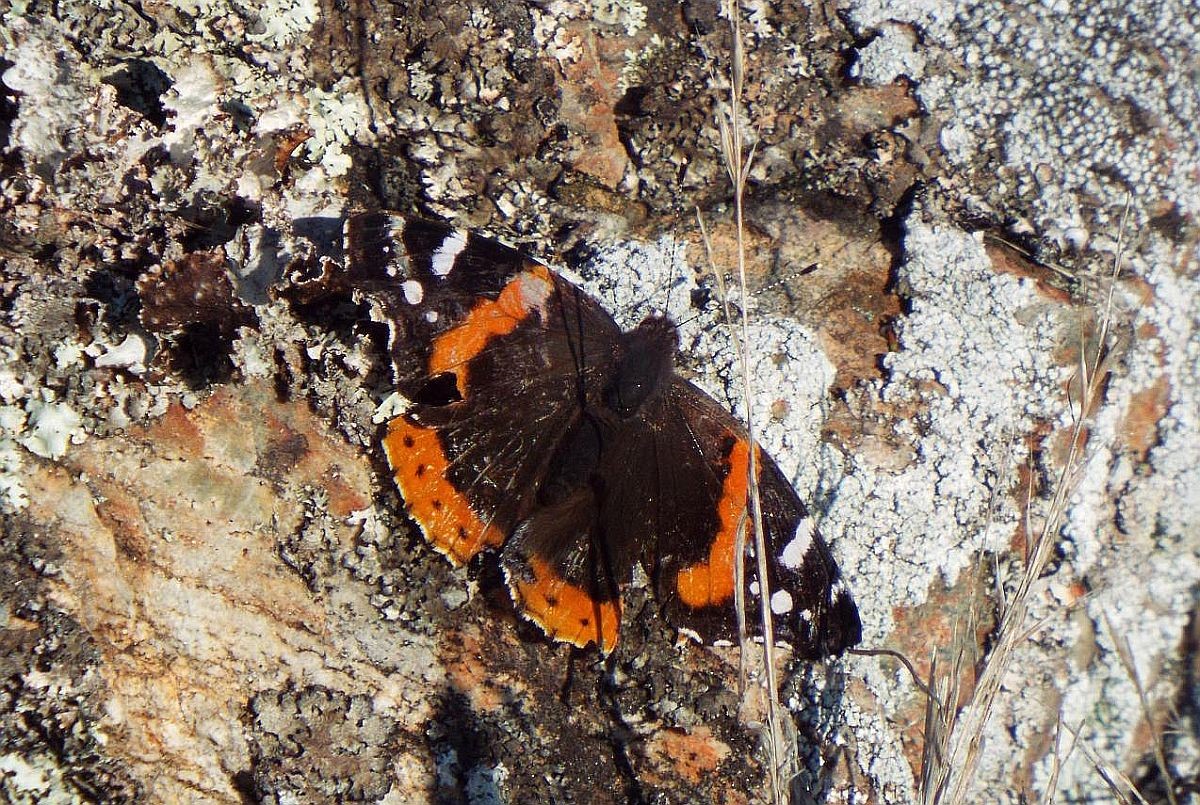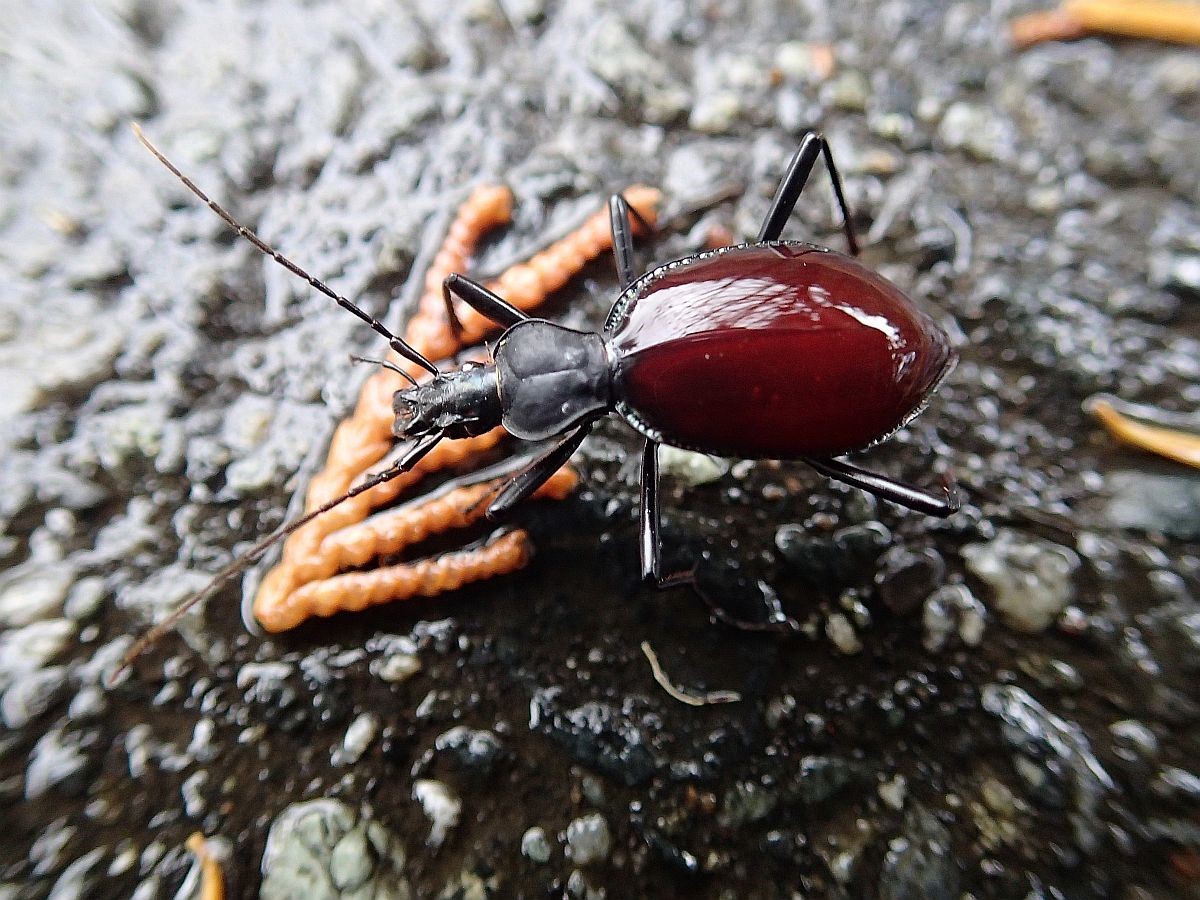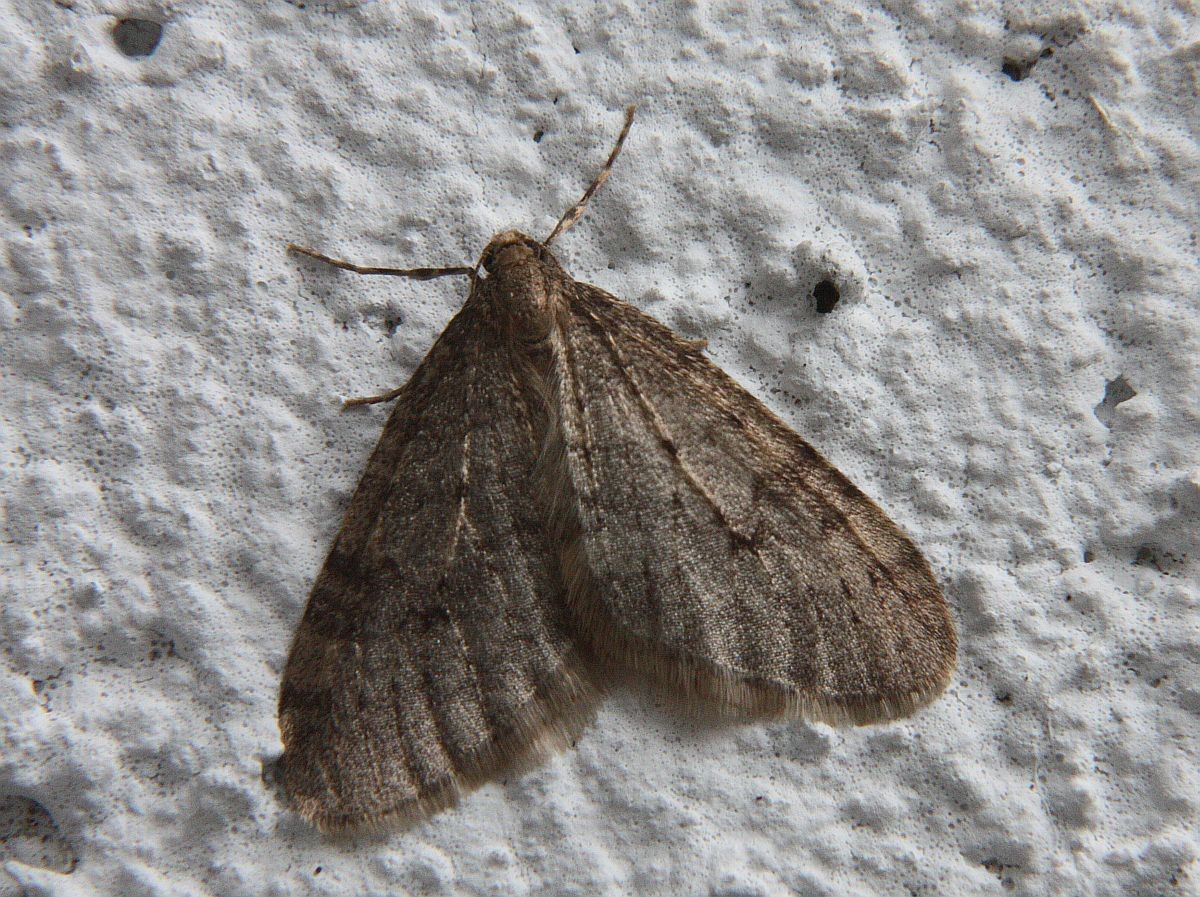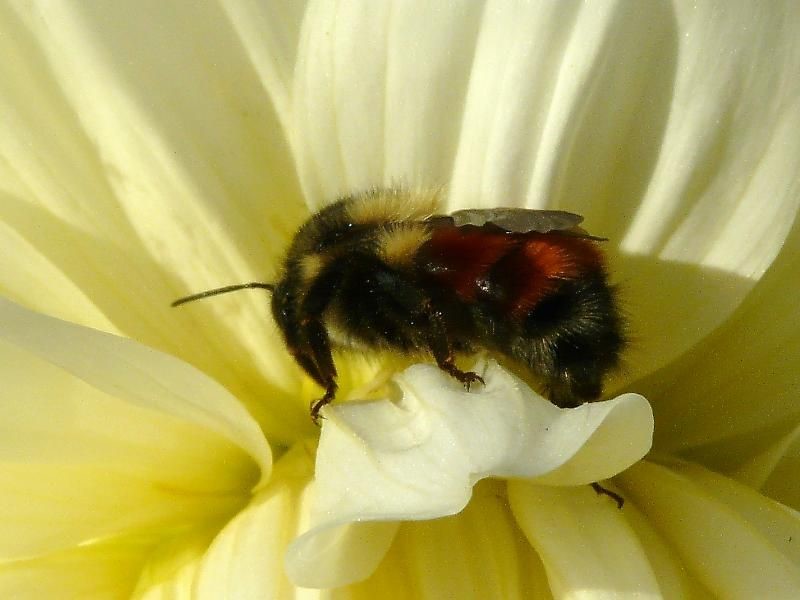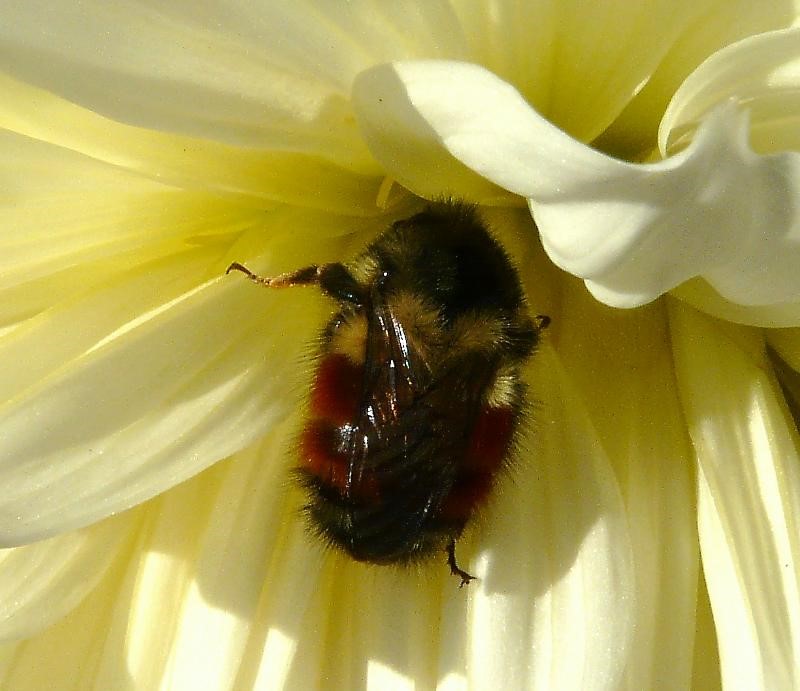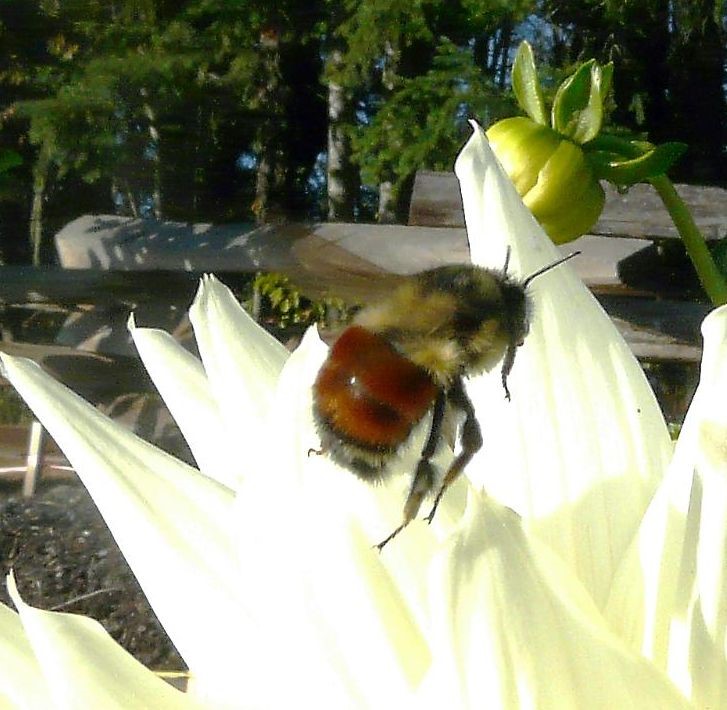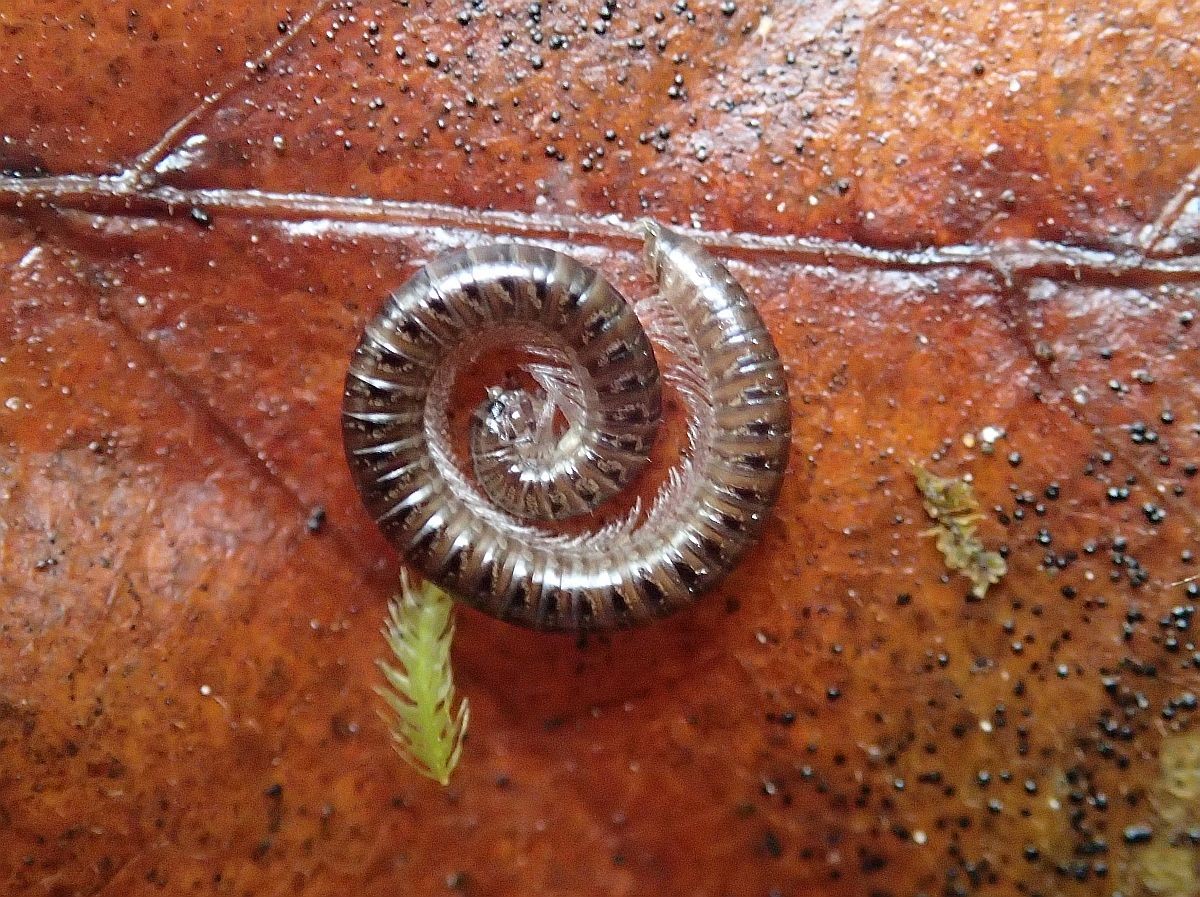2015 November 5
Rosemary Jorna writes: One cold wet bumblebee on a late blooming blackberry at Langford Lake this morning, November 5. Jeremy Tatum writes: We badly need someone who can identify Hymenoptera for us! I wouldn’t try to do so, though I note that the bee in Rosemary’s photograph bears some resemblance to some colour varieties of Bombus fervidus.
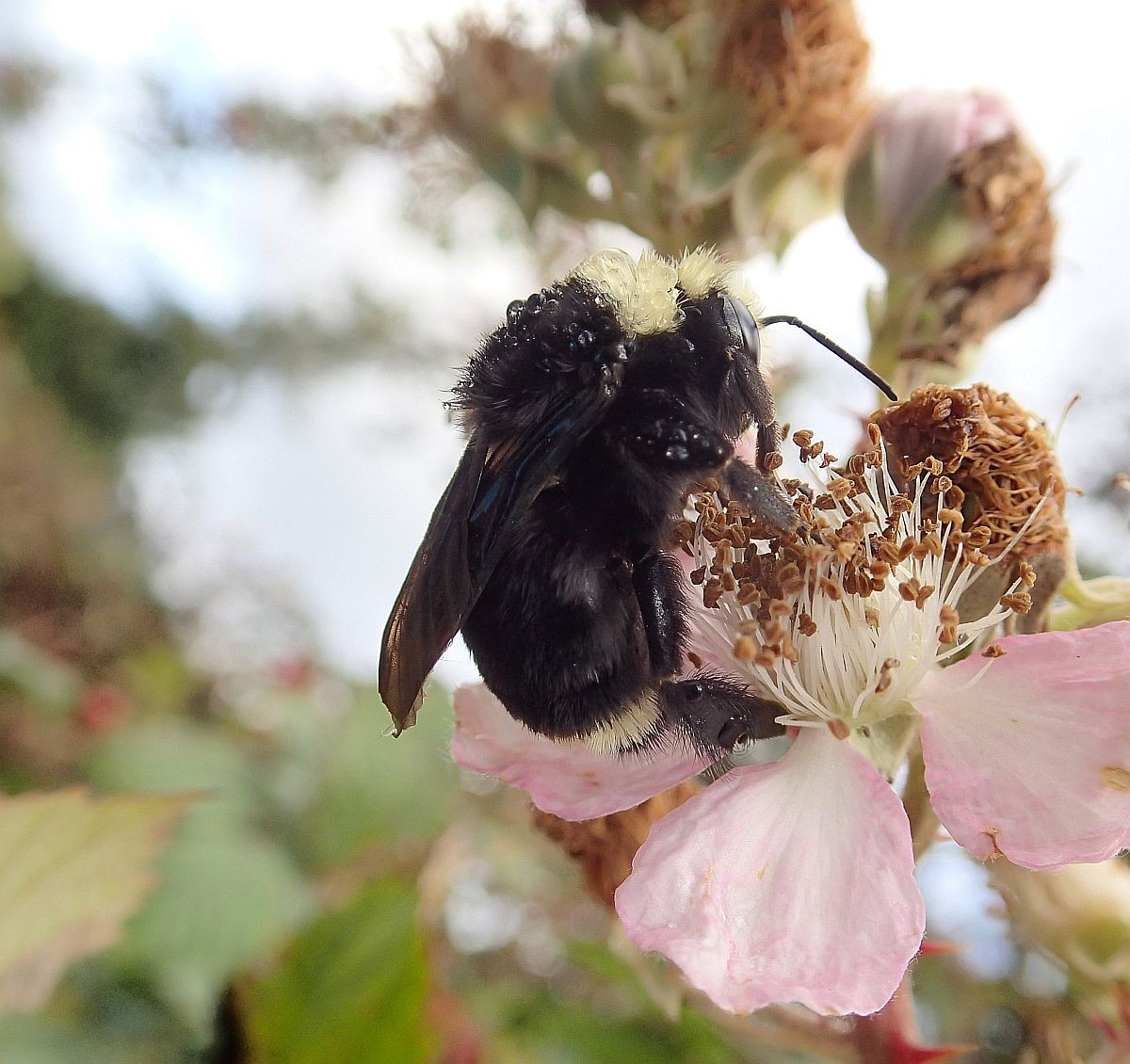
Bumblebee Bombus sp. (Hym:. Apidae) Rosemary Jorna
Jeremy Tatum writes: Today, at the Thrifty checkout, I noticed a glossy magazine called BLOOMS Butterflies and Birds. Picture of a Monarch on the front cover. I think it is a special edition of a gardening magazine called Garden Gate. Can$9.95. To be displayed until November 15.
It is all about how to design your garden to attract butterflies and birds. I have had a look at it, and my impression is that it is good and has lots of useful and valid advice about how to attract them. Most of the species are typical of SE U.S., but that probably doesn’t matter a great deal. It’s got lots of nice pictures of butterflies, and info on their life histories and advice pertinent to attracting each species, and what flowers to plant, etc. Should be of interest to local gardeners and butterfly enthusiasts.

